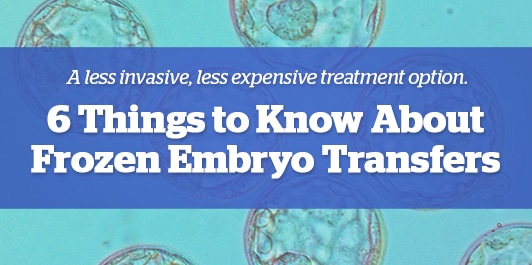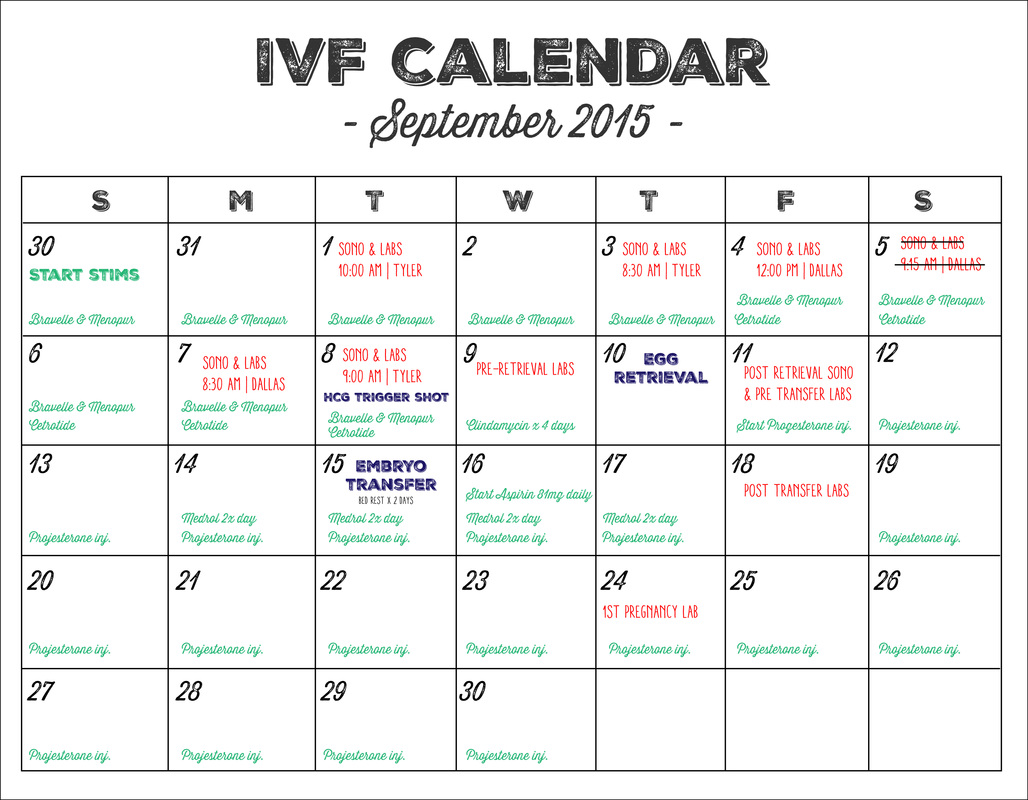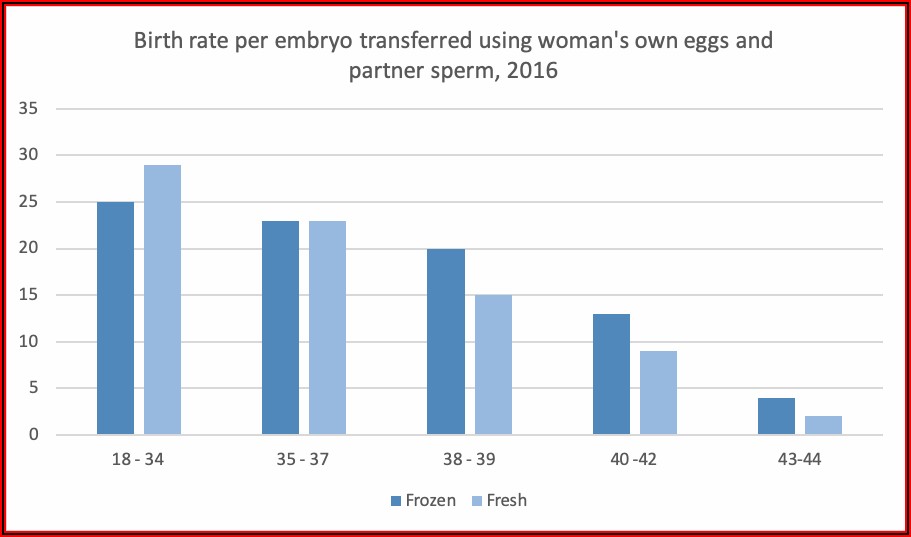

By the 12th week, the risk of miscarriage drops significantly, and the pregnancy is considered safer. Miscarriage rates are generally higher in IVF pregnancies, so it’s essential to monitor the pregnancy closely. The first trimester of an IVF pregnancy is crucial, as it’s during this time that the developing embryo attaches to the uterus. But when exactly is an IVF pregnancy considered safe? Let’s dive in and find out. IVF, or in vitro fertilization, is a popular fertility treatment for couples struggling to conceive. This period, known as the two-week wait, can be emotionally challenging, as couples eagerly anticipate the results.Īfter How Many Weeks of IVF Pregnancy is Safe? The Waiting GameĪfter the embryo transfer, it takes around two weeks for the woman to take a pregnancy test to determine if the IVF cycle was successful. Keep in mind that the process might take longer if additional testing or treatments, such as PGT or intracytoplasmic sperm injection (ICSI), are needed. In total, an IVF cycle typically takes about four to six weeks from the start of ovarian stimulation to embryo transfer. Embryo transfer: 15-30 minutes on the day of the procedure.

Fertilization: 3-5 days for embryo development.Egg retrieval: 30-45 minutes on the day of the procedure.However, a general timeline for an average cycle is as follows: The length of an IVF cycle can vary based on factors such as the woman’s response to medications and the time needed for embryo development. How Long Does the Average IVF Cycle Take? The Duration of Each Step Embryo transfer: The best quality embryo(s) is transferred into the woman’s uterus.Embryo development: The fertilized eggs, now embryos, are monitored for several days as they grow.


Ovulation disorders: These can lead to irregular or absent ovulation, reducing the chances of pregnancy.Male factor infertility: Issues like low sperm count, poor sperm motility, or abnormal sperm shape can hinder the sperm’s ability to fertilize the egg.Blocked or damaged fallopian tubes: When the tubes are blocked, it’s difficult for the sperm to reach the egg, thus preventing pregnancy.IVF is primarily done to treat infertility, which can be caused by various factors as: Why is IVF Done? Overcoming Fertility Issues This process has helped millions of people worldwide become parents. Once the fertilized egg – called an embryo – is formed, it’s transferred back into the woman’s uterus. In simple terms, it’s a technique that brings together the egg and sperm outside the body in a laboratory setting. In vitro fertilization (IVF) is a medical procedure that assists couples and individuals in achieving pregnancy.


 0 kommentar(er)
0 kommentar(er)
